Relocation Resignation Letter Template Guide
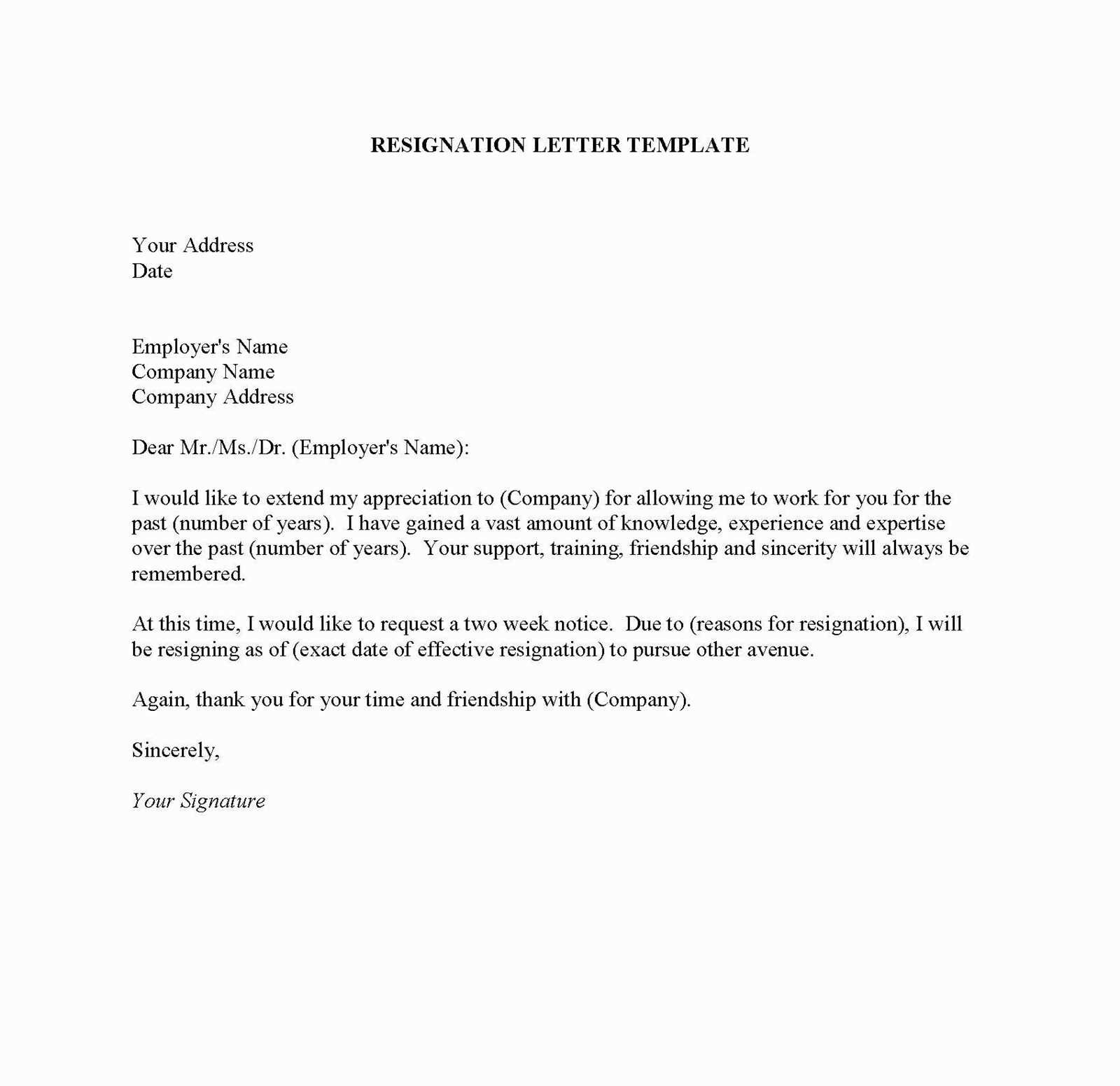
When planning to leave a current position due to a change in location, it’s essential to communicate this decision effectively. A formal notification allows you to express gratitude, ensure a smooth transition, and maintain a positive relationship with your employer. Crafting a well-structured message helps to keep things professional and respectful.
Key Elements to Include in Your Notice
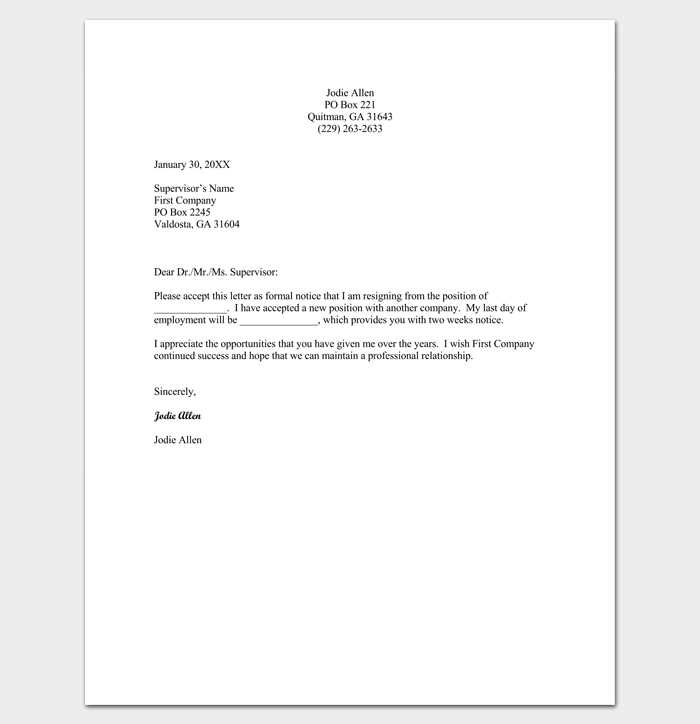
It’s important to clearly communicate the reason for your departure and provide the necessary details. A few key components will make your message both concise and professional:
- Reason for departure: Briefly mention the reason for your move.
- Last working day: Specify the date you plan to finish your work.
- Gratitude: Express appreciation for the opportunities you had in the role.
- Assistance during transition: Offer help in the handover process if possible.
Maintaining a Professional Tone
Regardless of the circumstances, keeping your tone respectful and professional is crucial. Avoid negativity or harsh remarks about the company or position. A positive and polite message reflects well on you and leaves the door open for future opportunities.
Timing Your Departure Notice
It’s best to give enough time for your employer to plan for your absence. Typically, two weeks’ notice is standard, though this can vary depending on your role or company policies. Make sure to provide ample time for handover tasks and transition arrangements.
Common Pitfalls to Avoid
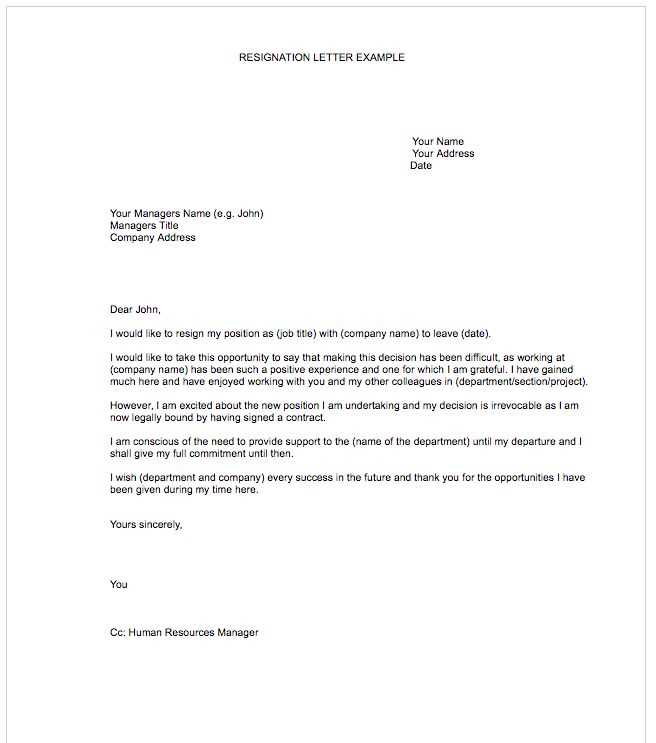
While writing your notice, there are several things to avoid in order to maintain professionalism:
- Not providing enough notice: Giving too little time can strain relationships.
- Over-explaining your reasons: Keep it simple without going into excessive detail.
- Being overly informal: Stay polite and formal throughout the message.
Examples of a Properly Structured Message
Here’s an example of a well-crafted notice:
Dear [Manager's Name], I am writing to inform you that I will be leaving my current position due to a relocation. My last working day will be [date]. I am grateful for the opportunities and support during my time here. Please let me know how I can assist during the transition period. Sincerely, [Your Name]
How to Write a Formal Departure Notice
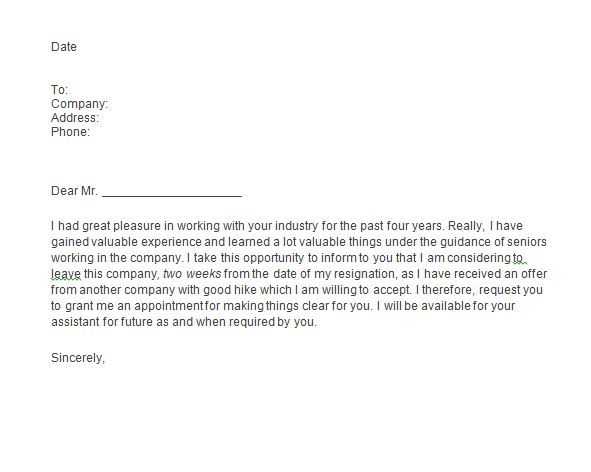
When making the decision to leave your current role due to a change in location, it’s important to craft a clear and respectful message that outlines your intentions and helps facilitate a smooth transition. Your communication should express gratitude for the opportunities while ensuring a professional tone throughout.
Key Components of a Departure Notification
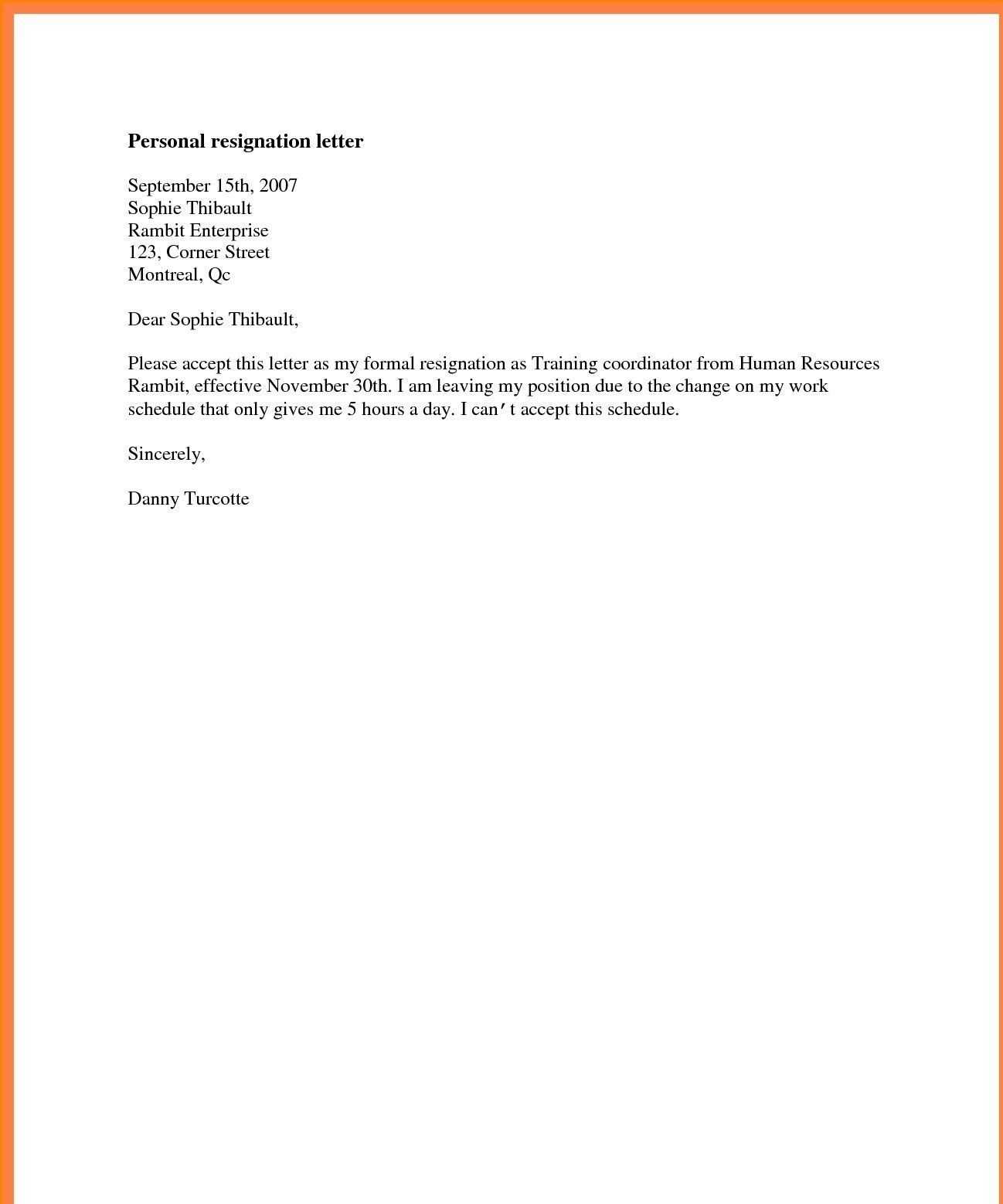
A well-written notice typically includes several key elements that help communicate your decision professionally and clearly:
- Reason for leaving: Mention briefly the reason behind your move, without going into unnecessary detail.
- End date: Clearly state the last date you will be available for work.
- Appreciation: Take a moment to thank your employer for the experiences and support.
- Transition assistance: Offer help with the handover of your tasks and responsibilities.
Why This Type of Communication Matters
Clear communication about your departure is essential to maintain positive relationships with your employer and colleagues. A well-written notification allows for adequate planning and a smooth handover of your responsibilities. It also demonstrates your professionalism, which may benefit you in future job opportunities or references.
Maintaining a Professional Tone
It’s crucial to keep your message respectful and professional. Regardless of your reasons for leaving, avoid negative comments or criticism about your job or workplace. A positive tone will leave a lasting good impression, ensuring that you part on amicable terms.
When to Submit Your Departure Notice
Ideally, you should submit your notice well in advance, allowing your employer enough time to make the necessary arrangements for your transition. Typically, a two-week notice period is standard, but it may vary depending on your company’s policies or the nature of your position.
Common Mistakes to Avoid
While writing your departure message, there are a few common pitfalls to watch out for:
- Providing insufficient notice: Not allowing enough time for transition can create difficulties for your employer.
- Over-explaining: Keep your reasons concise without over-sharing personal details.
- Being too informal: Even if you have a casual relationship with your employer, keep the tone formal and respectful.
Examples of Well-Structured Departure Notices
Here’s an example of a brief and professional message:
Dear [Manager's Name], I am writing to inform you of my decision to leave my position due to a relocation. My final working day will be [date]. I appreciate all the opportunities provided to me during my time here. Please let me know if there’s anything I can do to assist in the transition. Best regards, [Your Name]